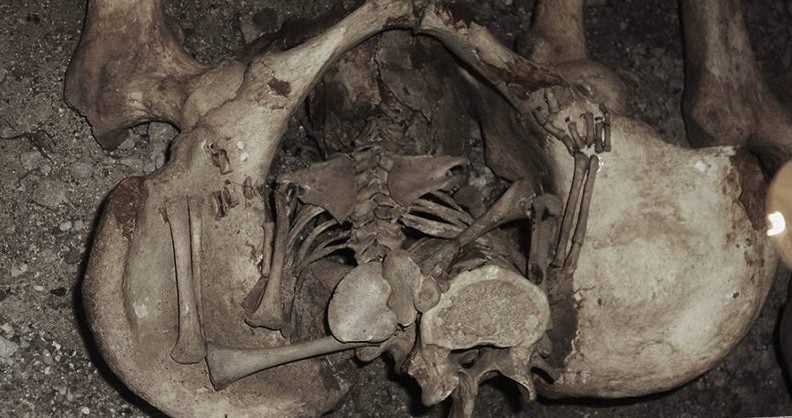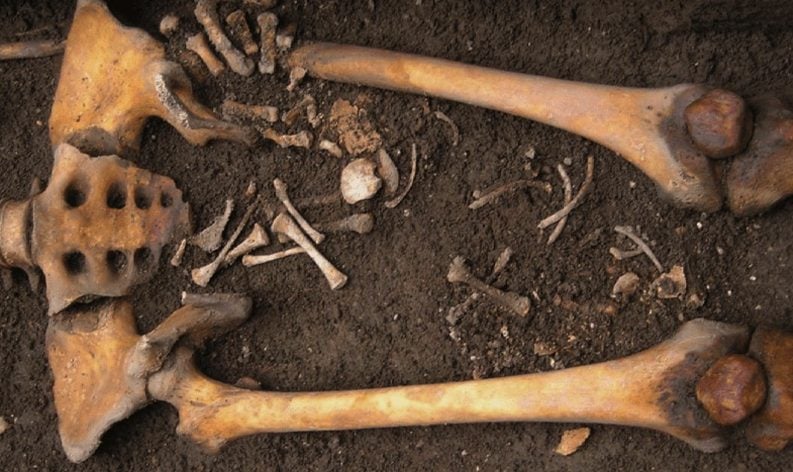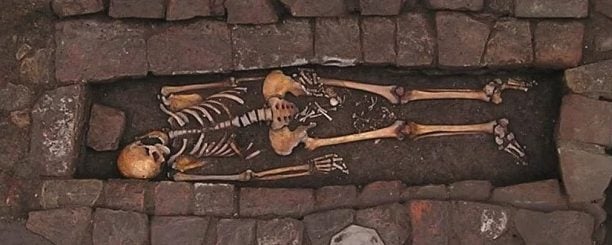The concept of “coffin births,” though chilling and macabre, is a phenomenon that has captured the curiosity of both the scientific community and the general public. This rare event, also known as postmortem fetal extrusion, occurs when a deceased pregnant woman expels a fetus due to the natural process of decomposition. While it might sound like something from a horror story, understanding this phenomenon sheds light on the complexities of human biology and the effects of death on the body.

A coffin birth happens when the gases produced during the decomposition of a pregnant woman build up in the abdomen, eventually forcing the fetus out through the birth canal. This process can occur days or even weeks after the mother’s death. It’s important to note that this is not a “birth” in the traditional sense, as it occurs postmortem and without any signs of life in the fetus.
Historical and Archaeological Evidence

Historical records and archaeological discoveries have provided evidence of coffin births dating back centuries. One notable case was discovered in 2018, when archaeologists in Italy unearthed the remains of a medieval woman with a fetus between her legs, indicating a coffin birth. These findings offer a glimpse into the past, revealing the often harsh realities of childbirth and maternal mortality before modern medicine.
Scientific Explanation

The scientific explanation behind coffin births lies in the natural processes of decomposition. After death, the body’s cells break down and bacteria within the body begin to multiply, producing gases such as methane and carbon dioxide. In pregnant women, these gases accumulate in the abdominal cavity, increasing pressure and eventually leading to the expulsion of the fetus. This process underscores the relentless march of biological processes, even after death.
Cultural and Ethical Considerations
Coffin births raise several cultural and ethical considerations. In many cultures, the sanctity of the deceased’s body is paramount, and the thought of such an occurrence can be deeply unsettling. Understanding the scientific basis of coffin births can help demystify the process and provide a sense of closure for families who may be confronted with this rare event.
Modern Implications

While modern embalming techniques and medical practices have significantly reduced the occurrence of coffin births, they remain a topic of interest for forensic scientists and pathologists. Studying these cases can provide valuable insights into the processes of decomposition and help improve the accuracy of postmortem examinations.
Conclusion
From the grave to the womb, the phenomenon of coffin births is a stark reminder of the complexities and mysteries of human biology. By unveiling the science behind this rare event, we can gain a deeper understanding of life, death, and the delicate balance that exists between the two. While unsettling, the study of coffin births underscores the importance of scientific inquiry and the relentless pursuit of knowledge, even in the most unlikely of places.





